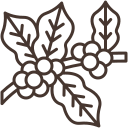COFFEE FARMS
Discover our farms, located in Serra da Mantiqueira in the South of Minas Gerais
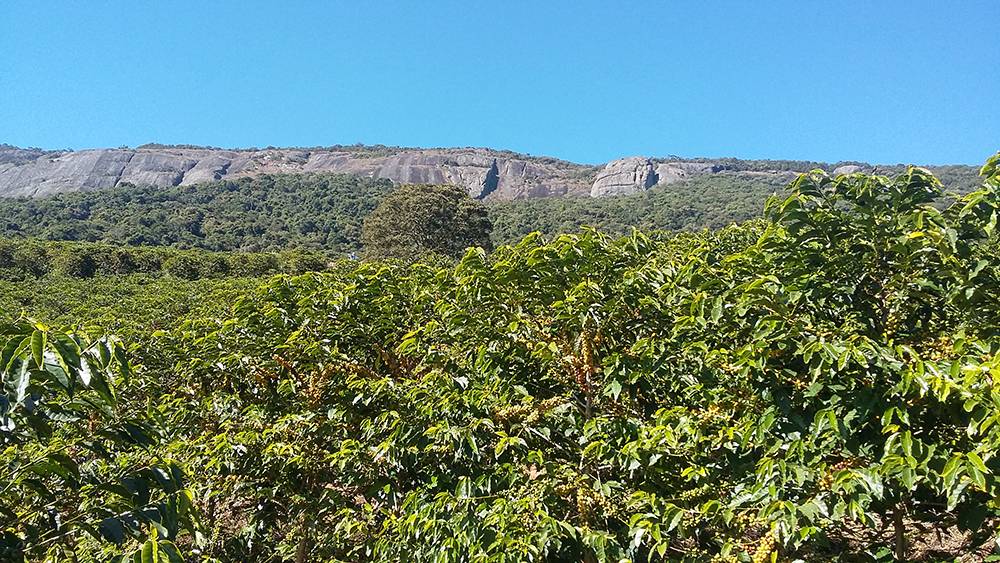
FAZENDA PARAÍSO
Acquired in 1977, coffee and banana growing were soon implemented, agricultural activities that were devastated three times by climate problems in 1979, 1981 and 1994.
Currently, the crops have been reimplanted with the Yellow Bourbon variety, producing mountain coffee that has been showing excellent quality.
Located at the foot of Serra da Pedra Branca, the property is full of native forest and crystal clear water springs.
The location also has favorable characteristics for coffee cultivation, such as a temperate climate, permanent ventilation and high altitude.
From the top of Serra da Pedra Branca, which is 1,826 meters above sea level, you can enjoy a panoramic view of the entire region, a fact that gave its name to the neighborhood where the farm is located: Bairro Bela Vista.
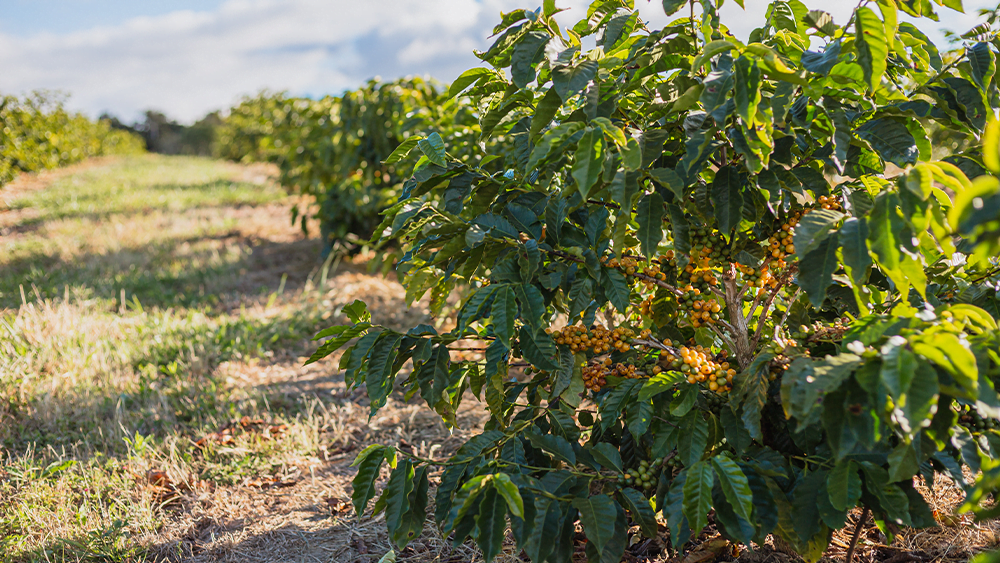
PEDRA PRETA FARM
Centuries-old property that was acquired in 2016, with a predominant coffee crop.
Currently, the crops have been reimplanted with the Yellow Bourbon variety, producing mountain coffee that has been showing excellent quality.
The location also has favorable characteristics for coffee cultivation, such as a temperate climate, permanent ventilation and high altitude.
From the top of Pedra Preta Farm, you can see a magnificent 360-degree landscape, the true sea of Minas.
New facilities were built to better process specialty coffee, thus providing a very high-quality bean with incredible sensory aromas.
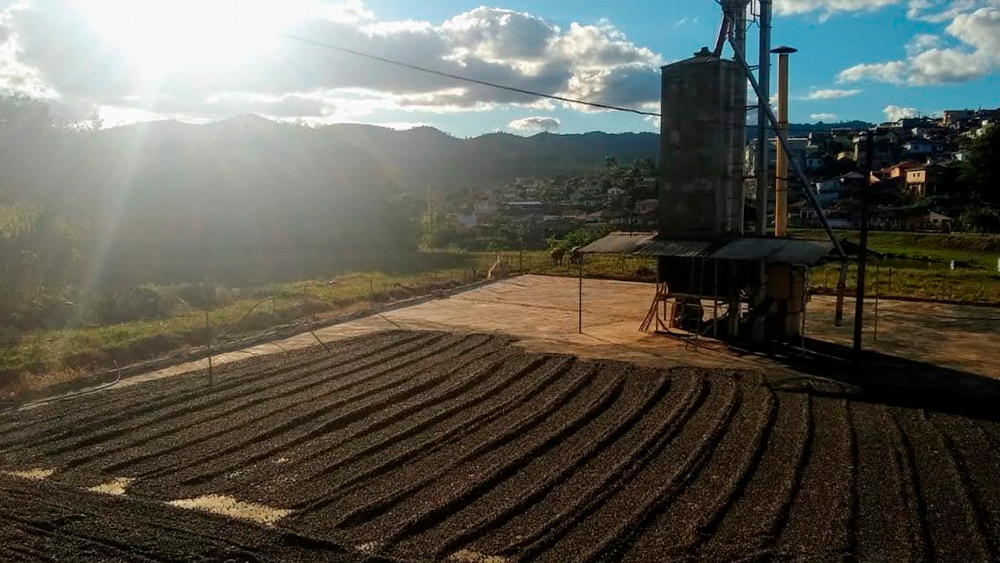
CHÁCARA SANTO INÁCIO
Chácara Santo Inácio, located in the municipality of Pedralva in the south of Minas Gerais, is where the administrative headquarters of Fortes Bustamante is located, and where the beans for our specialty coffee are processed and improved.
We also have a lake where we raise fish. This farm houses the post-harvest coffee processing structure, where the main stages of the specialty coffee drying process take place, which gives the necessary quality to our final product.
COFFEE PROCESSING SYSTEM
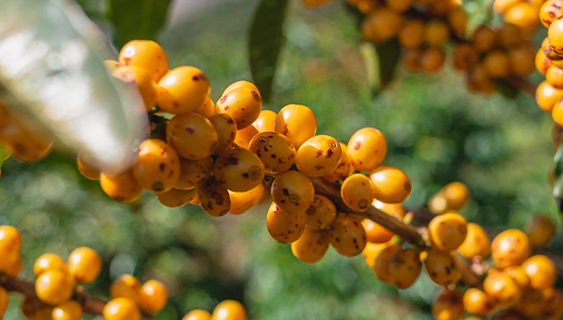
- Harvesting is done manually and the freshly harvested coffee is transported on the same day to Chácara Santo Inácio, in the city of Pedralva – MG, where the product processing facilities are located.
- Upon arrival at the site, the coffee is washed and peeled.
- Drying is initially done on a concrete patio covered with asphalt.
- After initial drying, the coffee is transferred to greenhouses open on the sides and covered with plastic, where it is rotated 6 to 8 times a day, until it reaches the ideal humidity level for storage.
- With the aim of producing quality coffees, Fortes Bustamante relies on the technical support of agronomists and partnerships with other producers already involved in the quality process and with the encouragement of several cooperatives and companies that contribute to the farms having the possibility of adding more value to the coffee produced, through international marketing.
- Specialty coffee is a family tradition that has spanned several generations. Mr. Antonio also learned the basics of coffee farming from his father, José Fortes Bustamante. Since then, he has been improving his skills over the years, as he is an enterprising and innovative businessman who always seeks to use cutting-edge technologies throughout the coffee production process and, consequently, the constant improvement of the product.
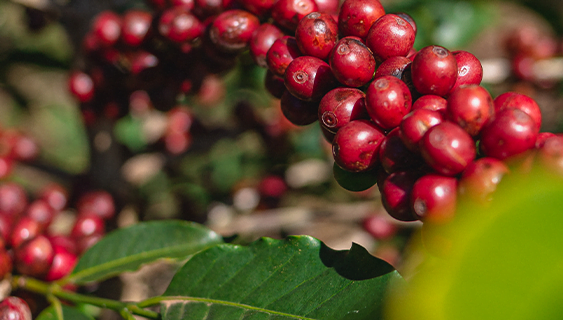
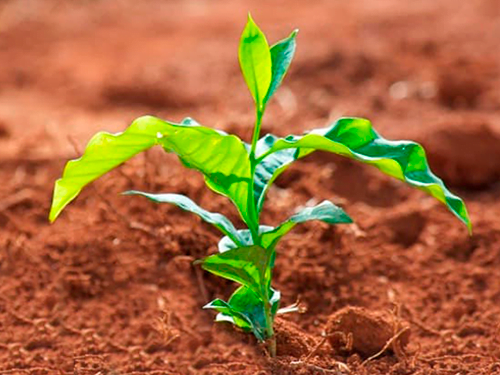
Coffee Planting
We begin by selecting the best Coffea cultivars, which are planted in an area with an average altitude ranging from 1,100 to 1,550 meters, in plots cultivated and maintained with great care at the right time.
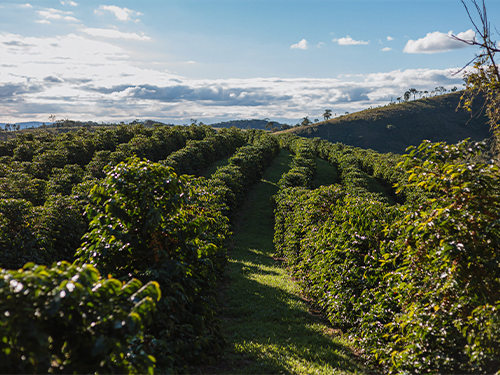
The types of grains
Today, the Fortes Bustamante family farms produce 7 varieties of beans: Yellow Catucaí, Red Bourbon, Yellow Bourbon, Red Catuaí, Mundo Novo, Arara and Geisha.
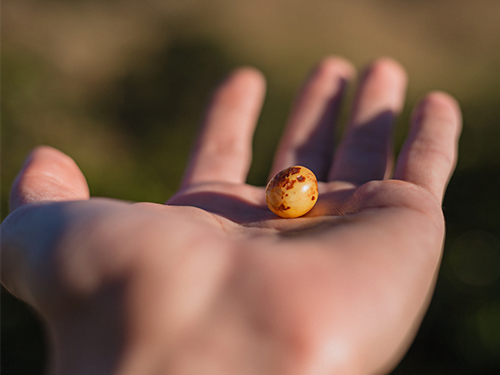
Harvesting and processing
When the coffee cherries are fully ripe, they are harvested manually, being tracked, washed and part of them are pulped and sent to the yards for drying and processing of the beans.
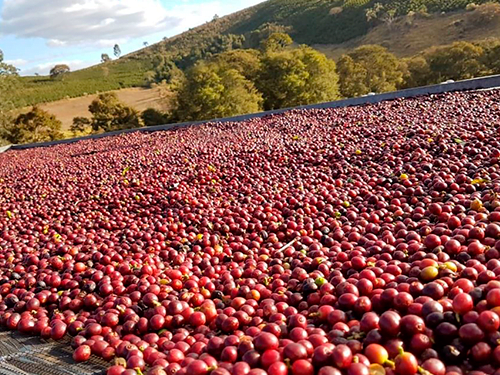
Drying
The Sô Antônio Special Coffee has its artisanal drying process on cement terraces, suspended terraces and greenhouses, thus guaranteeing the quality of the fruit.
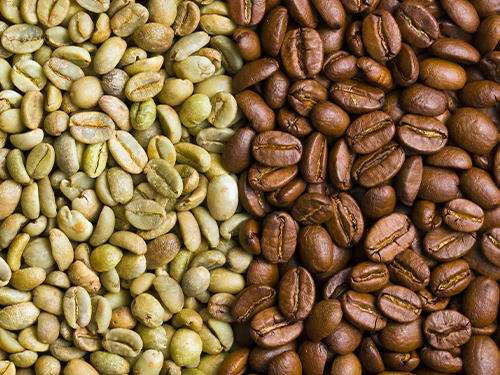
From green to brown
At this stage, the beans are selected and stored. Some of them are sent for roasting. We opt for medium and light roasts, maintaining the integrity and highlighting the aromas of the beans.


